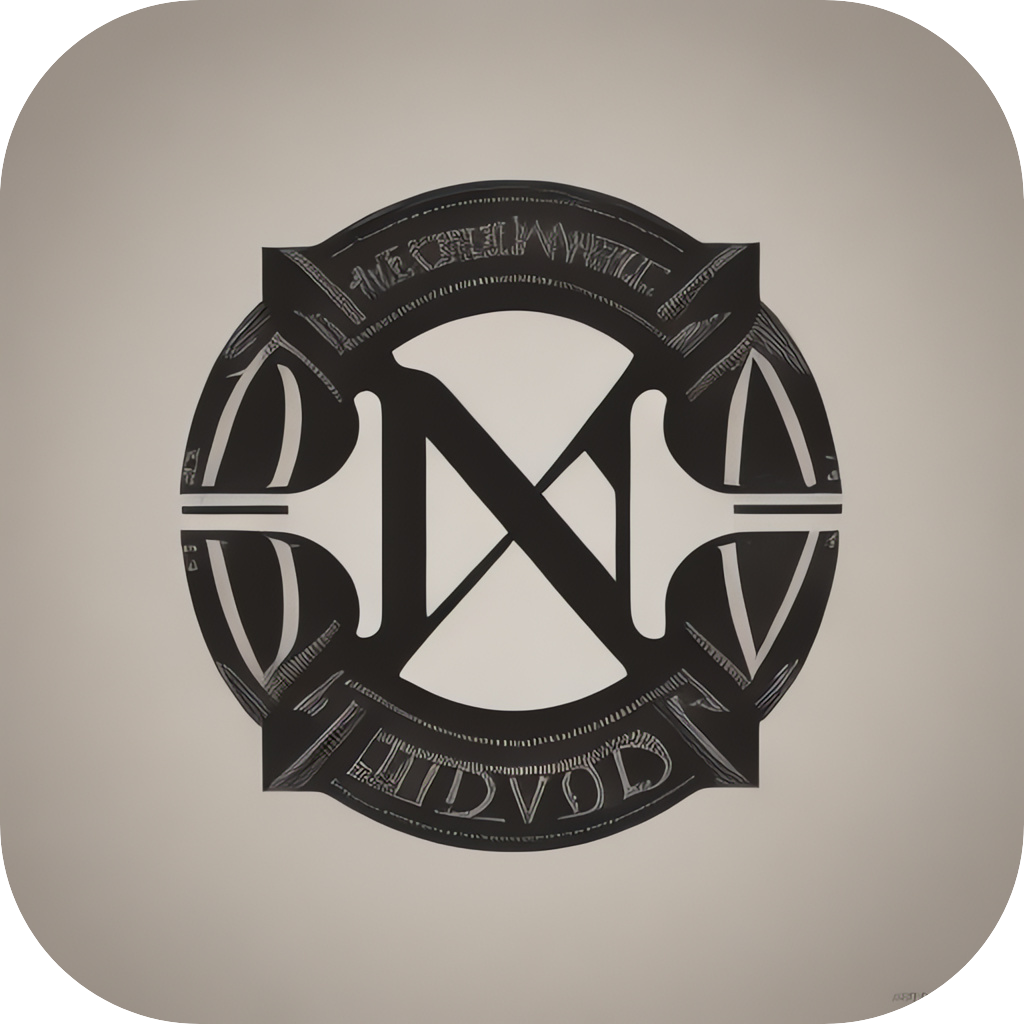Mastering MarkdownMind: An Ultimate Guide to Elevating Your Note-Taking and Organizational Skills
In the digital age, where text is the primary form of communication and documentation, note-taking has become a fundamental skill. Gone are the days when paper and pen were the sole mediums of note-taking. With advancements in technology, the advent of Markdown—a relatively simple yet powerful text formatting language—has revolutionized the way we structure our thoughts, create documents, and manage a wide array of content online. This guide is crafted to help you harness Markdown’s potential, transforming mundane note-taking and content creation into a productive art form.
The Importance of Markdown
Before delving into the mechanics of creating a perfect Markdown document, it’s essential to understand why this text formatting language stands out among others. Markdown’s simplicity and efficiency make it the preferred choice for developers, project managers, and content creators, aiming to maintain clear, readable, and maintainable documentation.
Markdown is lightweight, which means it’s straightforward to learn and use, enabling quick formatting without the cumbersome tags of HTML or overcomplicated word processors. Its plain text format ensures compatibility across multiple platforms, enhancing flexibility in document-sharing and integration within the digital ecosystem.
Markdown Mindset
Adopting a “Markdown Mindset” involves shifting perspective to consider digital notes not just as text but as a structured, organized format that supports complex thoughts and information. This mindset facilitates the creation of a knowledge management system, where your notes serve as interconnected data points, improving recall and accessibility, thus enhancing productivity.
Basic Concepts of Markdown
A solid foundation in Markdown is crucial. Here are some basic elements to start with:
1. **Paragraphs**: Separate paragraphs with a newline (press enter twice).
“`markdown
This is the first paragraph.
This is the second paragraph.
“`
2. **Headers**: Use one # for a top-level header, two # for a subheader, and so on.
“`markdown
# Top-level Header
## Sub-header
### Sub-sub-header
“`
3. **Lists**: Use `-` for unordered (bullet) lists and 1. for ordered (numbered) lists.
“`markdown
– Bullet Point One
– Bullet Point Two
“`
“`markdown
1. First Item
2. Second Item
“`
4. **Bold and Italic**: Surround text with double asterisks or underscores.
“`markdown
**Bold Text**
_Italic Text_
“`
5. **Hyperlinks**: Use square brackets followed by parentheses containing the URL.
“`markdown
[Google](https://www.google.com)
“`
6. **Images**: Insert images using their source URLs.
“`markdown

“`
7. **Emphasis**: Use three asterisks or three underscores for emphasis, to differentiate from bold and italic.
“`markdown
***Strong, Emphasized Text***
“`
Elevating Note-Taking
Integrating a Markdown-based approach to note-taking enables you to organize complex ideas and documents with clarity and ease. Here’s how to elevate your note-taking with the Markdown template:
1. **Create an Outline**: Begin by sketching out a basic structure using headers. This helps in visualizing the flow of information and breaking down large topics into manageable sections.
2. **Leverage Structured Data**: Use lists, tables, and quotes to organize and enhance the semantic meaning of your notes. Structured data is not just visually appealing but more user-friendly, improving readability and comprehension, especially for project planning and code documentation.
3. **Inline Code and Comments**: Use backticks (“`) to enclose code snippets and mathematical expressions. Inline comments next to code blocks help in quickly adding explanations or updates.
4. **Section Headers for Themes**: Designate themes or categories using headers. This technique improves organization and enables rapid retrieval of related notes, fostering a robust knowledge base.
5. **Links to External Resources**: Include links to online articles, videos, and other resources to provide a centralized repository of knowledge. This is particularly useful for long-term projects or research where external references are essential.
6. **Cross-Referencing**: Use references and footnotes to cite material from other sources. This practice adds credibility to your documents and helps in avoiding plagiarism.
7. **Version Control**: Optionally, implement version control using tools like git for collaborative projects or personal notes. This ensures historical access and easy recovery of changes over time.
Integration into Work and Learning Processes
IncorporatingMarkdown into everyday workflows, from technical documentation, academic research, to day-to-day task organization, significantly enhances efficiency. Here’s how to integrate Markdown into various aspects of work and learning:
1. **Project Management**: Use Markdown to create project plans, task lists, and meeting notes. Its simplicity makes tracking progress, assigning tasks, and discussing project scope straightforward.
2. **Technical Documentation**: Markdown is ideal for creating manuals, tutorials, and API documentation. Its straightforward syntax allows for the easy embedding of code snippets and clear explanations.
3. **Education**: For students and educators, Markdown notebooks are a powerful medium for sharing lesson plans, assignments, and detailed explanations, incorporating images, videos, and links as needed.
4. **Personal Knowledge Management**: Employ Markdown as a personal wiki to store and organize your ideas, notes, and reference materials, creating a searchable database of knowledge that evolves with you.
5. **Document Collaboration**: Tools like GitHub, Notion, and Obsidian provide platforms where Markdown can be effectively utilized for collaboration, sharing, and maintaining structured documents.
Conclusion
Mastering Markdown transforms the ordinary act of note-taking into a powerful tool that enhances productivity and creativity. With its simplicity, flexibility, and universality, Markdown promises to be a crucial skill in navigating the digital era. Whether for academic purposes, professional projects, or personal knowledge management, the application of Markdown allows for the efficient organization, presentation, and sharing of ideas, ultimately elevating one’s ability to communicate and understand complex information.
